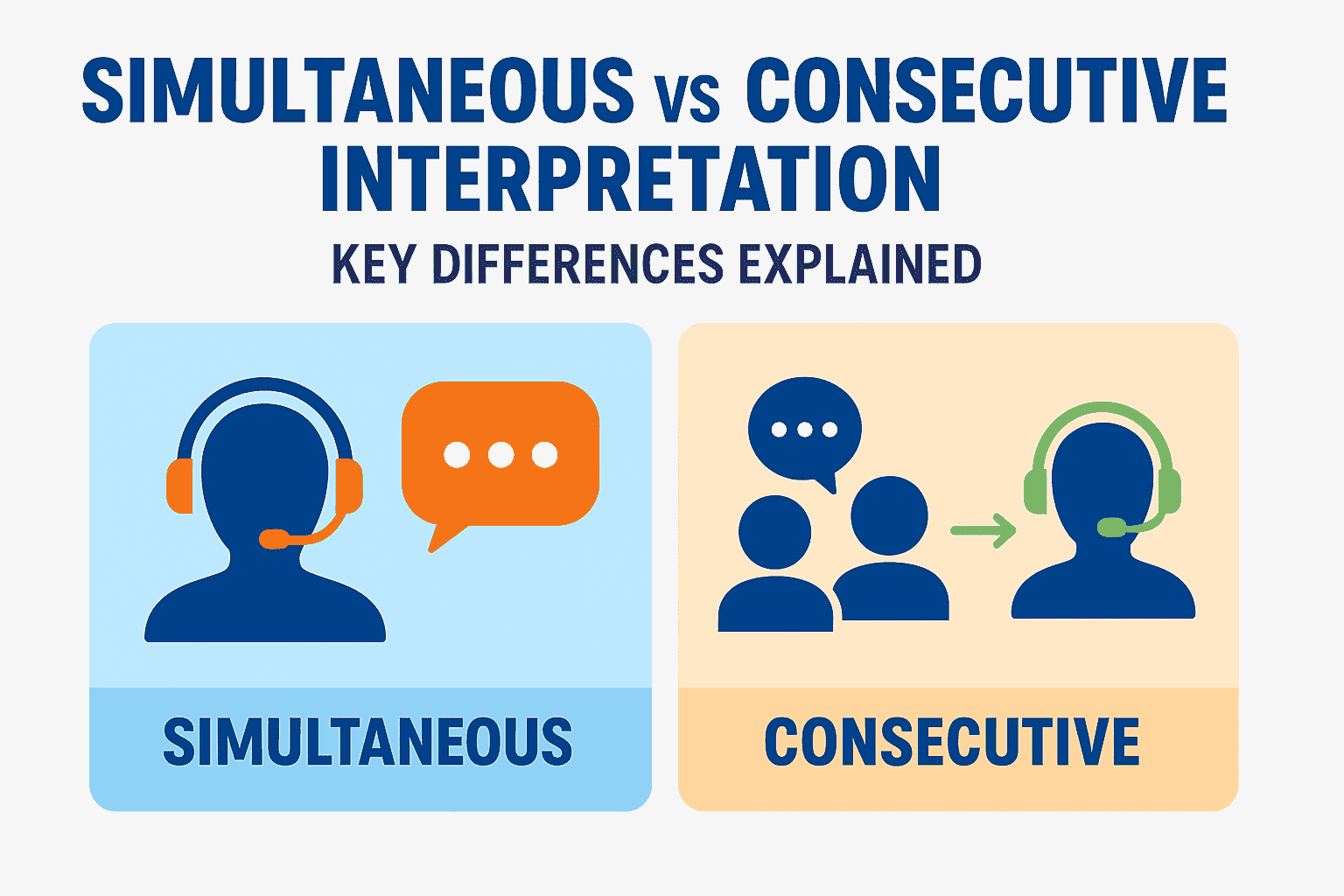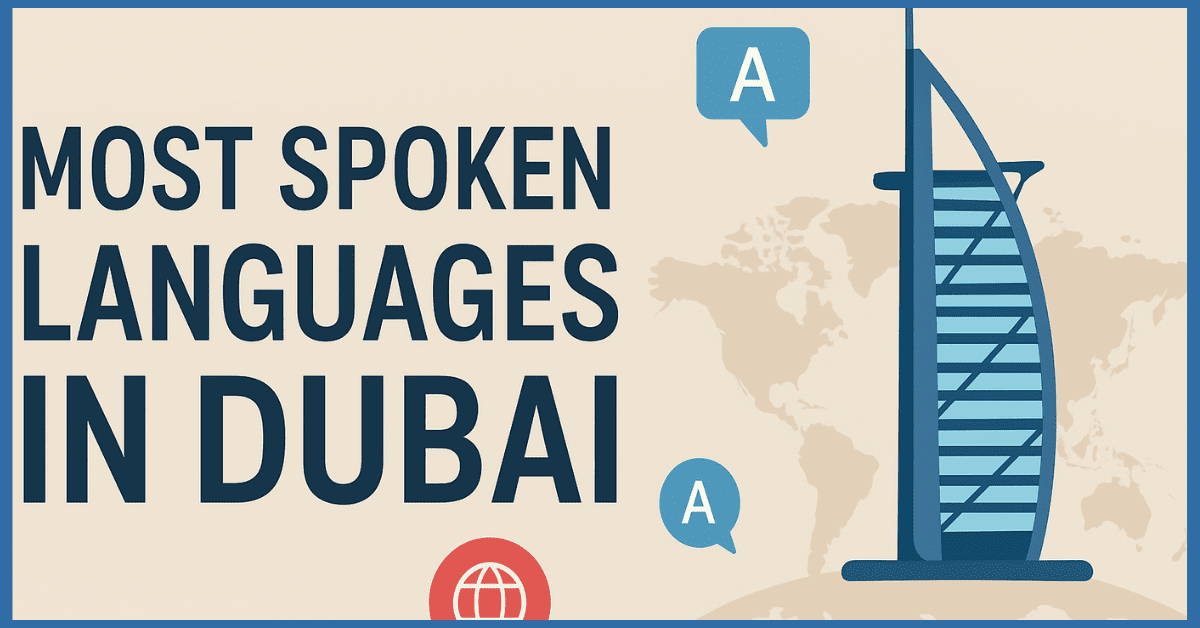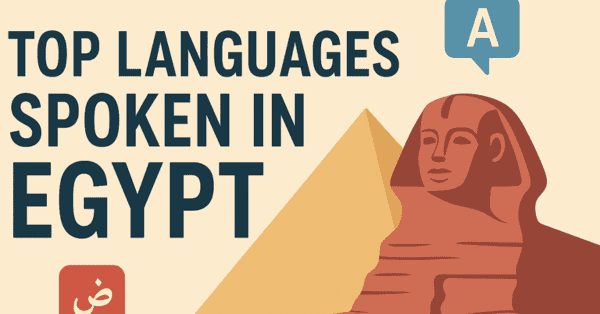
How Viral Marketing Moments Create the Need for Immediate Translation
In this age of social media virality, marketing has changed from long-term planning to immediate response.Campaigns can go viral overnight in the form of clever ads, memes, celebrity endorsements, or just a mention of the brand. However, when it goes viral, it can also introduce another challenge that is often overlooked – Localization.
The Overlooked Challenge of Virality: Localization
Given how it takes mere minutes for a post to go viral poses a challenge for localization professionals; an urgent and complex problem—how do you make viral content understandable, relevant and resonant across languages and cultures while the moment is hot?
You see, virality is not only borderless but also time bound. A viral campaign moment is not limited to one market. A witty ad that explodes in New York City can be live on phones in São Paulo, South Korea, and Stuttgart in minutes. Audiences aren’t just consuming global content—they are reacting, resharing, remixing, and indeed expecting reciprocity.
The brand opportunity is apparent: get on the global ride while the wave of attention is active. The problem, however, is that there is a clock running. Timing the translation or localization of the original content is crucial because there is usually a very small window where a cultural "win" can become a missed opportunity. And worse, if the viral moment is followed by either a mistranslation or a tone-deaf brand response, that situation can become its own negative headline.
Why Translation Matters in Viral Moments
1. Real-time Engagement = Real-time Expectations
Once a campaign goes viral, audiences globally do not want to wait for the version localized for them. They want to be included in the moment now - not days later. This urgency shifts brands away from the traditional cycle of localization and into operational capabilities for real-time translation, especially on fast-moving platforms like X Twitter, Instagram, TikTok, and YouTube Shorts.
Whether it be replies to comments, subtitled videos, or app-level call-to-action updates, immediacy has gone from a privilege to a prerequisite.
2. Virality is Driven by Context – And Context is Always Local
Viral content relies heavily on nuance, humor, slang, and cultural context that are notoriously difficult to translate, and much more difficult to translate in a hurry. A meme, a punchline, a double meaning - requires linguistic dexterity, not just equivalent lexical meaning.
Localization teams need more than TLs. They need:
· Cultural consultants to scrutinize the material as fast as possible.
· Linguists who understand shifts in tones.
· Editors with a keen regional ear to adapt content on demand.
3. Memes, Sounds, and Subtitles Need Micro-Localization Immediately
A single TikTok with trending audio can make a worldwide splash. But if subtitles or captions aren't localized, as much linguistically as culturally, the user outside the source market will be excluded.
For example, a viral video where a brand uses trending audio from an English pun, if the pun is integral to the joke, literally translating the content is wholly impotent. You need to bring a local equivalent, delivering the joke in a completely different construction of words, while still packing a punch.
Meeting these localization demands isn’t just about having translators on call—it’s about building an infrastructure that’s ready before the moment arrives.
The Invisible Infrastructure: What Does Near Real-Time Translation Look Like?
To commit to providing real-time translation during a viral moment, brands must have a localization capability, which is:
Always-On
Dedicated linguistic teams across the globe, who work in different time zones as opposed to a single shift operation.
Platform Integrated
A direct pipeline into the media platforms, into the CMS, app, and even community management tool, where translated content can be deployed instantly.
Pre-Enabled for Multilingual Engagement
Glossaries, tone guides, and pre-approved messaging are locked and loaded for key markets, which means less approval bottleneck.
Human + AI Hybrid
Machine translation and human-in-the-loop HITL post-editing offer expediency with accuracy, ideal for high-volume formats e.g. comments, or real time replies.
Real-World Examples: When Translation Becomes the Moment
1. Weetabix and Baked Beans: Turning Humor into Global Conversation
In 2021, Weetabix in the UK made a funny tweet about putting baked beans on top of their cereal, and it was a genuine breakfast (note to all brands, humor is your friend). It quickly went viral, inciting a barrage of brand clapbacks from tens of thousands of Twitter accounts and many globally recognized staples like Nando's, KFC, and Tinder.
What happened next?
The conversation quickly fanned out globally within a matter of hours.
Weetabix found themselves actively working with global users, not just their UK audiences.
They had to adapt their tweets and responses in a timely fashion to audiences in Europe, MENA, and Asia while also adapting versions of the joke for non-British consumers.
Without a real-time translation capability, this would have kept the moment an English-only in-joke. With a real-time capability, they not only extended the life of this moment but also the overall reach of the campaign.
2. Squid Game: When Subtitles Miss the Mark
When Netflix launched “Squid Game” in 2021, it became a worldwide conversation. Then, almost immediately, the video streaming platform took a hit from the media for its inadequate English subtitles that did not quite capture the tone, wordplay, and emotional subtleties in Korean.
Why this matters:
In the global social media era, users viewed and reshared clips from “Squid Game” for its dialogue.
International fans wanted to join the conversation and follow along with the original voice in their own language(s).
The shoddy subtitles led to criticism, memes that made Netflix a target, and even fan-generated translation/content correction videos.
Take-away: When something goes viral in a global context, translation quality itself is brand equity. It’s not enough to translate text—you need to keep intent, tone, and cultural significance.
3. Popeyes vs Chick-fil-A: A Viral Moment Lost in Translation
When Canadian fast-food chain Popeyes went viral against Chick-fil-A on X over chicken sandwiches in 2019, it was immediately a meme war. Popeyes' viral tweet that said just “Y’all good?” sparked a national online debate in the US.
What did the brand not get?
Very few of the regional Popeyes accounts, despite their viral reach, engaged at all with French-and Spanish-speaking users in their native languages.
French- and Spanish-speaking users joined the conversation but were not engaged in any way.
The virality had a 48-hour time frame, and Popeyes did not fully capitalize on it across markets.
What if Popeyes had a multilingual social team to localize that cheeky tone across territories? They could have generated some fun regionalized reactions that maintained a global flow of momentum.
4. Khaby Lame: Silent Comedy, Loud Localization Lessons
When TikTok influencer Khaby Lame became popular for his silent responses to super complicated life hacks, his content transcended language and regions.
When brands began collaborating with him, challenges with localization began to arise as well.
Sponsored TikToks collaborating with European brands featured subtitles solely in English or Italian.
Audience from Brazil, Turkey, and India consumed the content, but could not always follow along in the context of the story or brand.
Some brands have begun allocating budgets for localized captions and in-app push notifications by region to help mitigate this gap.
Why it matters: In video virality, translation of the subtitles and captions, in context and in tone, is essential for accessing the global audience.
The Risks of Not Localizing
A delay in localizing viral posts increases the risk of losing:
• Relevance: Cultural moments are fleeting. What was funny yesterday is "cringe" today.
• Exclusion of community: Global users are an afterthought, and equity is lost.
• Offense: Translations of humour or tone can be disastrous in sensitive markets.
• Branding inconsistency: Without localized control, official fan or influencer translations may dilute or misrepresent a brand's voice.
Preparing for Virality Before it Hits
The ideal reaction to a viral moment is to prepare before any of it happens.
Both brands and their localization partners can do this by:
• Creating rapid response localization playbooks.
• Creating linguistic libraries for key formats: memes, captions, reactive posts.
• Training AI models using regionally-relevant slang and platform guidelines
• Establishing workflows that allow creative + translation teams to work simultaneously
The Future: Proactive Localization for Reactive Marketing
As social media accelerates, marketing does not lead culture--it responds to it. And where there is responsiveness, there is immediacy and inclusivity. Localization has evolved from back-office support to a front-line brand infrastructure.
The brands that thrive will be those that do not see translation as a task that happens after something goes live, but rather, as a capability that is ingrained into how content is conceived, goes live, and is engaged with, from the very start.
Thank You for Reading!
You have reached the end. Thank you for reading our blog. We hope you found it informative and useful. For more such content on to help you stay informed on AI and our language services, you can check out our blog page here.
If you have any feedback or suggestions on what you’d like for us to cover or how we can make our blogs more useful, you can reach us through our LinkedIn inbox or email us at digital@crystalhues.in.



